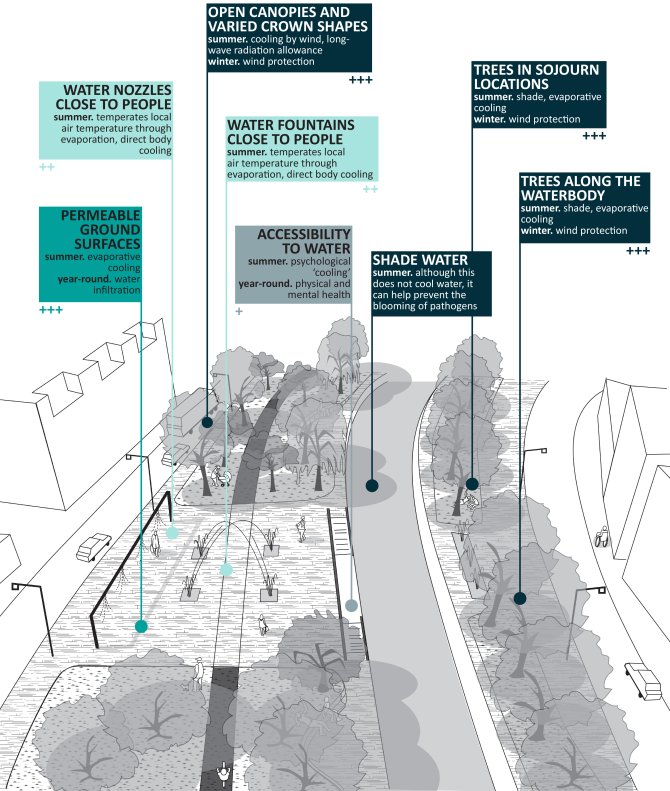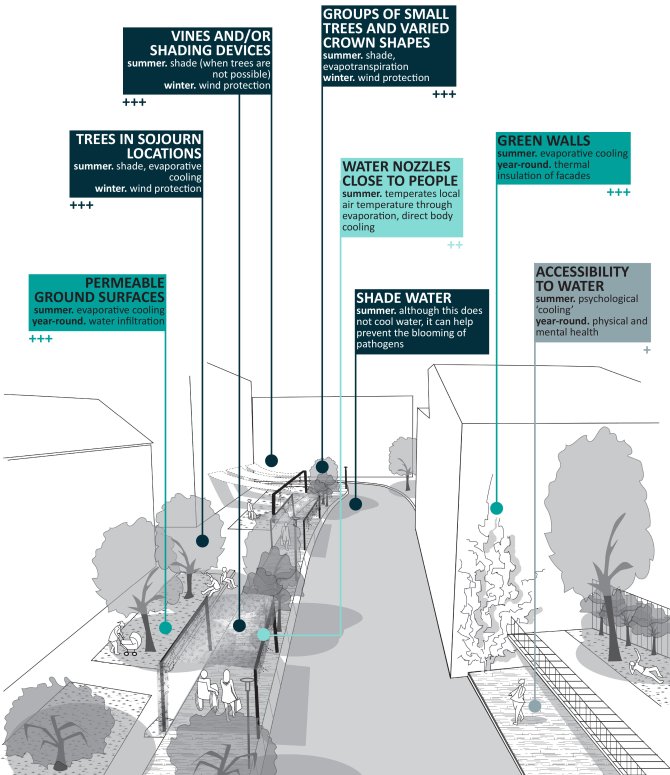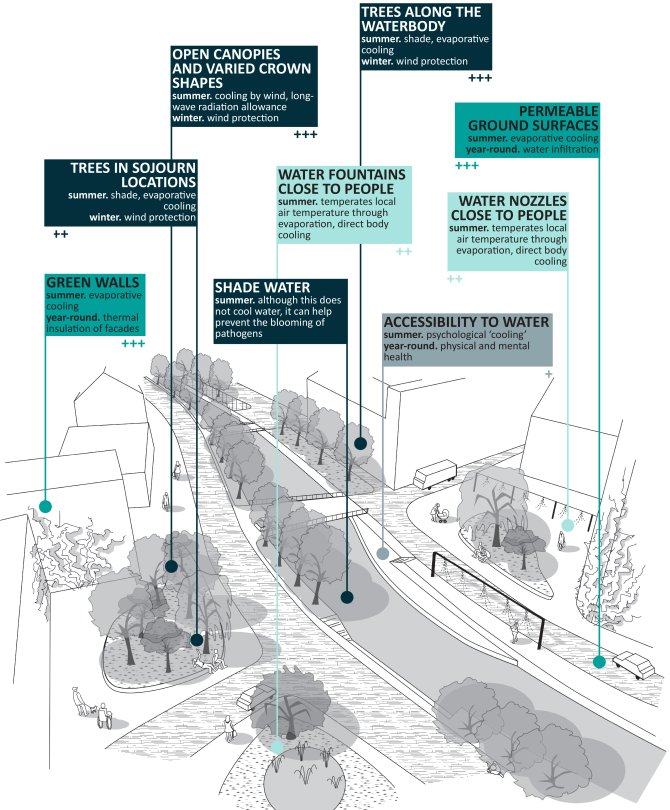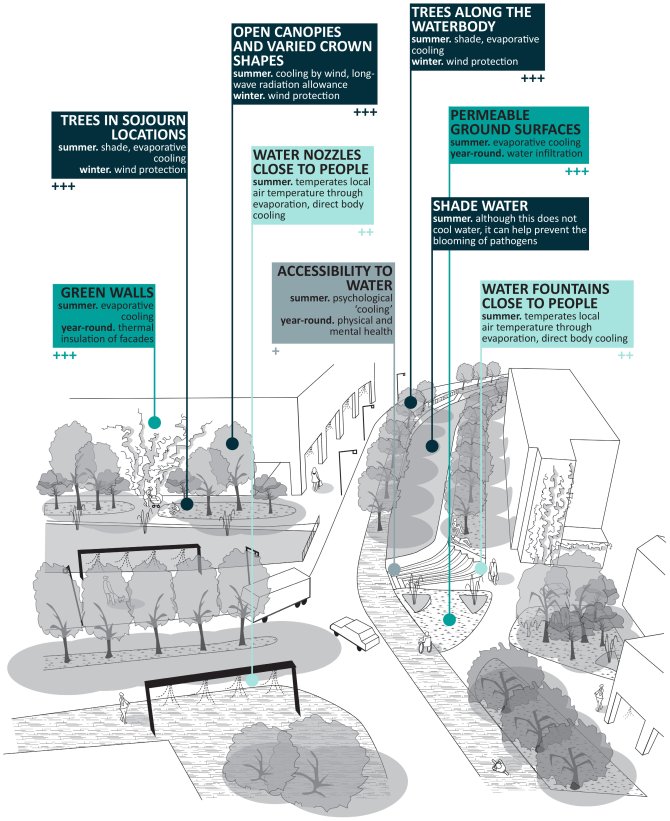
Project
Green Quays, Breda
Breda, as many other cities in Europe is struggling with unsustainable urbanisation, degradation of urban ecosystems, and lack of resilience to climate change. To address these challenges, GreenQuays aims at sustainable urban renaturation in Breda using nature-inclusive regenerative solutions (green quays linked to public green spaces) as part of a bigger scheme targeting the urban restoration of the river Mark. GreenQuays will test a complex set of transferable and innovative solutions for renaturing urban rivers in dense downtown areas, where there is insufficient space for developing natural riverbanks.
The Project
The solution is centred on an innovative Nature Inclusive Quay (NIQ) technology that is specifically designed to support the development of a complex vertical ecosystem, providing favourable conditions for flora and fauna. GreenQuays also builds on systemic innovation by integrating a climate-responsive, spatially regenerative, restorative, biophilic and economically empowering design approach. GreenQuays ambition is to renature 7.500 m2 urban area in Breda, to scale up project results at an 800 meter long section of river Mark, and to transfer the solution to other European cities.
In a test set-up at a location in the Nieuwe Mark river, experiments are being carried out with various elaborations of the quay wall. This first set-up is a small scale set-up. The municipality of Breda wants to realize the results of the test in its final form in the GreenQuays project (175 meters) and then along the entire length along all quay walls of the Nieuwe Mark.
The role of WUR
The role Wageningen University and Research plays in GreenQuays is that of contributing to the climate-responsiveness of the design proposal being developed by the design team of the municipality of Breda. The Landscape architecture (LAR) and the Meteorology and Air Quality Groups (MAQ) are collaborating with each other and with the other project partners in developing evidence on microclimatic aspects. The goal is to provide the design team with design principles targeted at achieving cooling effects. To this end, micrometeorological simulations and in situ measurements with meteorological stations are being undertaken by MAQ. Based on resulting data, LAR is developing the aimed climate-responsive design principles.
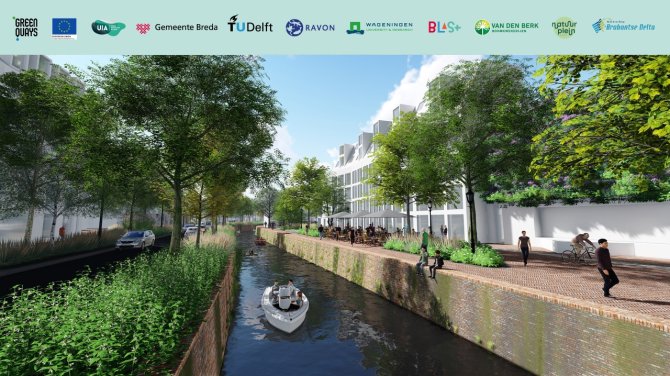
The GreenQuays virtual design prototypes for creating cooling urban water environments are now freely available! Next to the climate-responsive design strategy recently developed for the GreenQuays project, these generic prototypes for four typical urban configurations around waterbodies aim at informing designers and decision-makers on how to mitigate heat stress along small urban water bodies. The ambition of the GreenQuays virtual design prototypes is to work as a substantial contribute to undertaking climate adaptation in urban areas. This is a crucial contribute to the replicability of GreenQuays to other cities. While being firstly developed for the areas adjacent to the river Mark, in Breda, these prototypes are applicable to similar water bodies elsewhere. All information at: GreenQuays website or LSP Green Quays project page.
